|

On eBay Now...
Mexican Chiapas Miocene Fossil Amber Necklace. For Sale
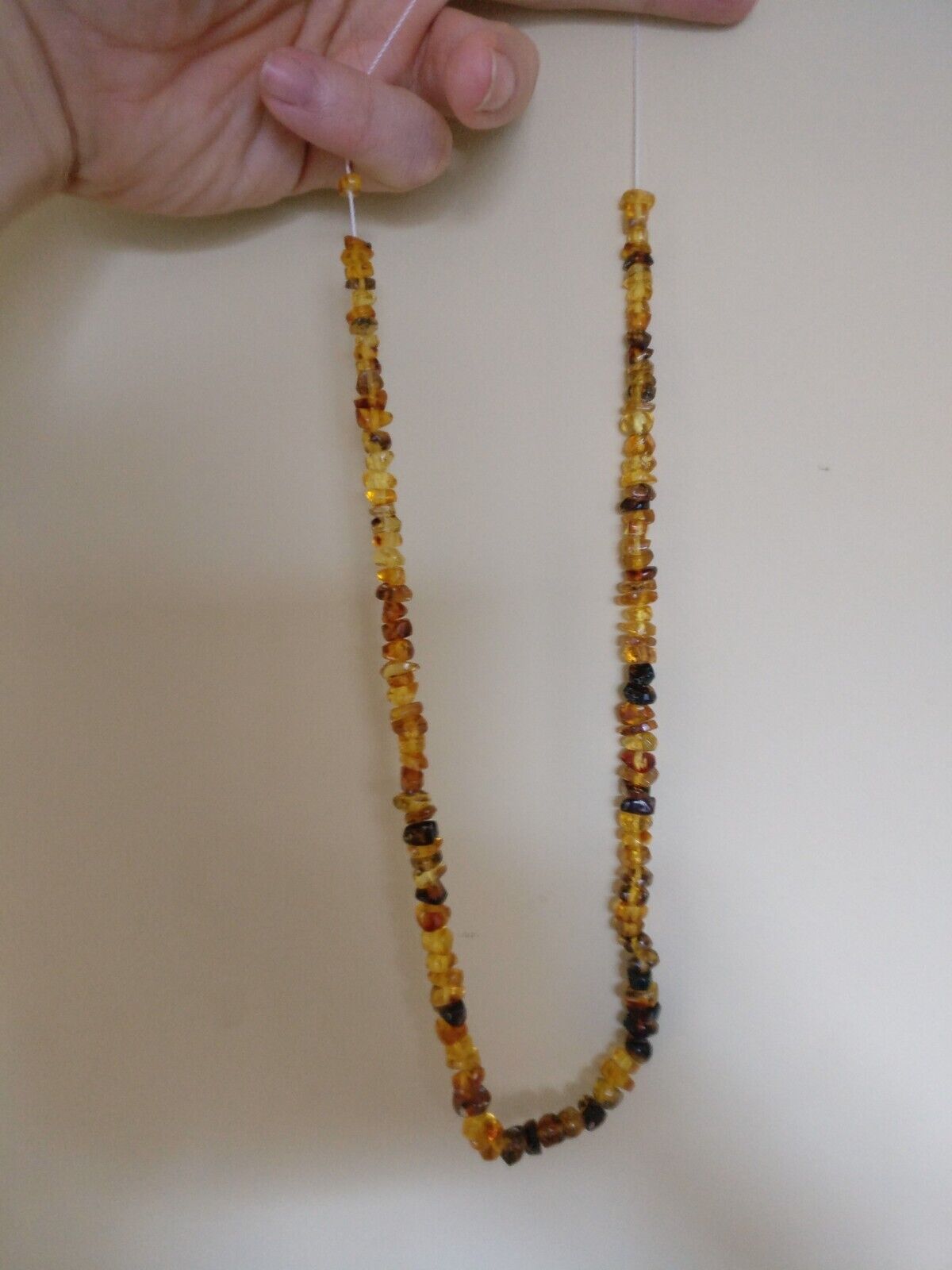
When you click on links to various merchants on this site and make a purchase, this can result in this site earning a commission. Affiliate programs and affiliations include, but are not limited to, the eBay Partner Network.

Mexican Chiapas Miocene Fossil Amber Necklace.:
$24.02
MEXICAN CHIAPAS AMBER NECKLACE
Chiapas Amber Necklaces. Each purchase is for one. Baltic amber necklaces are quite popular as a jewelry item but in my opinion Chiapas amber is a higher quality gem grade form of amber than baltic amber. It is harder wearing and more colourful.
Don\'t forget to check out my other listings for individual, premier specimens of Mexican Chiapas amber with insects and other inclusions in as well as other forms of amber including Baltic, Dominican, Myanmar/Burmese Amber (Burmite) from the Cretaceous era! And many more including books and accessories etc.
What isMexican Amber?Mexican Amberis a type of Amber that was produced by the resin of the now extinctlegume tree species Hymenaea Mexicana, which once grew inforests in what is now the Chiapas region of Southern Mexico 25-30million years ago During the Oligocene-Miocene boundary period. It is veryrare compared to Baltic Amber (which accounts for 90% of amberproduction) and quite scarce compared to the related andcontemporaneous Dominican Amber (produced from the related but alsoextinct Hymenaea Protera tree that once grew in what is nowthe Dominican Republic). This tree isrelated to the still existing species Hyemenaea Courbaril,which still grows in central and South America. However, the livingspecies the Mexicana tree is most closely related to is theHymenaea Verrucosa, which is native to East Africa. Both ofthese existing trees are responsible for producing copal, a form ofpre-amber resin which has not fully polymerised into Amber, a processwhich takes millions of years, replacing the volatile organiccompounds with more stable, inorganic ones. The resin waspart of the defence mechanism for the tree, protecting it fromdisease and pests. The insects trapped within the amber were oftenharmful to the tree, and thus the resin was working as it wasintended. There armmany different types of inclusions found in this and other types ofamber, including insects, spiders, leaves, bark, coprolites (bugfaeces) and sometimes (though very rarely) vertebrates such aslizards. Generally speaking, the larger the bug/animal inclusion, therarer it is, because larger creatures were stronger and thus betterable to escape the resin before they could be engulfed. Mexican Ambercomes in many different colours, from yellow, yellow-orange, red(Chiapas Amber is best known for this colour) and green (which is therarest). It also has quite a strong green-blue fluorescence,sometimes even the much sought-after blue fluorescence seen in raresamples of Blue Dominican Amber.Mexican Amber was known to the ancient Mayans, and there is a 16thcentury Spanish account of the Mayan Emperor Montezuma II stirringhis chocolate drink with an Amber spoon. However,Mexican Amber has only been \'rediscovered\' in relatively recent yearsthanks to the Danish Archeologist Franz Blom who despatched samplesto the Berkley University in California, which prompted a difficultexpedition to an isolated part of Chiapas which eventually led togreater exploitation of the amber resources there. Today, thelocal native Tzotzil people typically dig the amber out of mines by hand and polishthem to sell to outsiders in between harvests. The mining is alaborious process and relatively small quantities are produced eachyear. The Tzotzil used to prize the amber solely for its colour andflawlessness, and viewed the inclusions as flaws that had to beground and polished away! Thankfully, the inclusions are nowrightfully seen as a valuable and fascinating bonus for collectorsand scientists. Goodinclusions can be quite difficult to find in Mexican Amber however.Volcanic activity in the area has often subjected the amber toincreases in temperature and pressure, causing damage to theinclusions inside. However, there are still plenty of specimens thatcontain good quality insects and other inclusions. Flouresces with a loveley greenish hue that is noticable even under strong light from a normal LED on one of my loupes. OTHER ITEMSFOR SALE I also selldifferent types of amber, including (but not necessarily limited too)Mexican (Chiapas), Baltic, Dominican, Burmese, Hellcreek andHastings, as well as Copal (young amber). As well as other fossils and minerals.
Origin: Mexico (Chiapas Region)
Age: 25-30 million years
All items guaranteed genuine! Please see my other listings for more great offers.

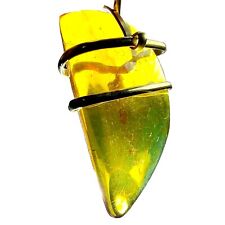
Mexican Amber Pendant Mossy Green Yellow - Amazing Quality Handcrafted Chiapas $139.99
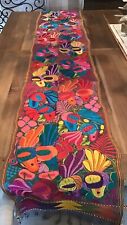
Mexican Chiapas Embroidered Floral and Fauna Table Runner 16”x90” $95.00
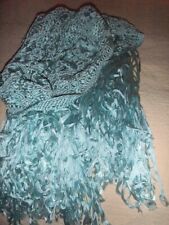
Mexican Chiapas macrame shawl gorgeous shimmery aqua blue $100.00

Mexican EZLN Guerrilla Shirt Zapatista Subcomandante Marcos Chiapas Mexico $18.00
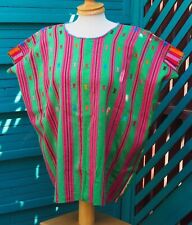
Vintage Mexican Green/Red Stripe Mayan Huipil from Pantelho, Chiapas, Mexico $82.99
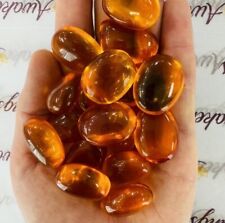
Mexican (Chiapas) Amber - Tumbled - 1 Stone $15.55
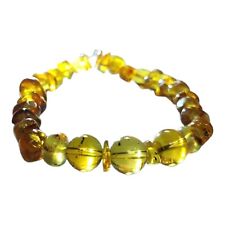
Mexican Chiapas Amber Bracelet Premium Quality - Exquisite Handcrafted Elegance $41.97
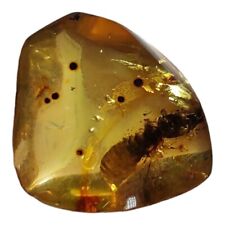
Mexican Amber from Chiapas with Termite Insect - Exceptional Quality $97.99
|